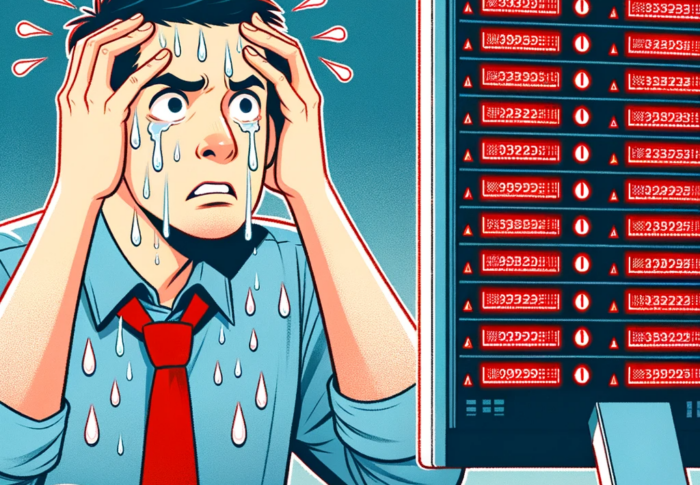
Replication is not a backup!
I have encountered this situation numerous times, and it has become increasingly important for people to acknowledge the gravity of the matter.
When it comes to safeguarding against physical faults or environmental hazards, replication serves as an exceptional measure. However, it is crucial to understand that replication is not synonymous with a backup. While replication ensures that data is duplicated and available on multiple servers, it does not address underlying issues related to the server’s operating system or file system. Consequently, if there is a fault or problem in these areas, it will be replicated across all copies, leaving you with a persisting issue.
Moreover, replication fails to provide a reliable solution for retrieving older versions of files. If you find yourself in a situation where you need to recover a file from a few weeks ago, relying solely on replication will not suffice.
To enhance your overall resilience and bolster your business continuity and disaster recovery (BCDR) strategy, I wholeheartedly endorse the implementation of replicas. However, it is of utmost importance to recognize that replicas should never be treated as backups, as they are fundamentally different in their purpose and capabilities.
It is essential to adhere to the 321 golden rule of backups to ensure a comprehensive data protection strategy. This rule emphasizes the need for three copies of your data, stored on two different types of media, with at least one copy stored offsite. By adhering to this principle, you establish a robust backup system that provides reliable data protection and mitigates potential risks effectively.




